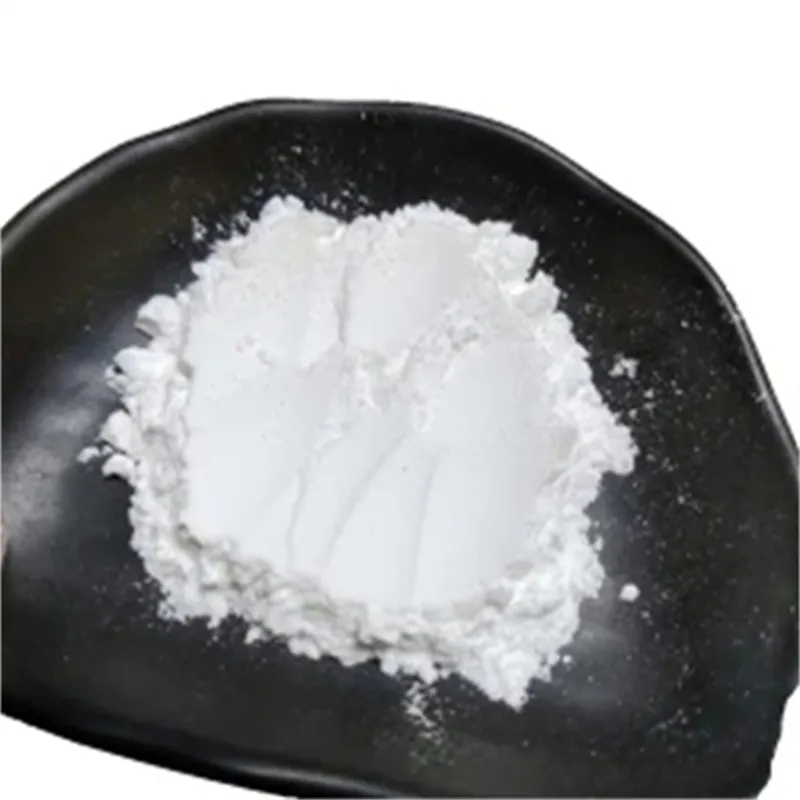Warning: Undefined array key "title" in /home/www/wwwroot/HTML/www.exportstart.com/wp-content/themes/1198/header.php on line 6
Warning: Undefined array key "file" in /home/www/wwwroot/HTML/www.exportstart.com/wp-content/themes/1198/header.php on line 7
Warning: Undefined array key "title" in /home/www/wwwroot/HTML/www.exportstart.com/wp-content/themes/1198/header.php on line 7
Warning: Undefined array key "title" in /home/www/wwwroot/HTML/www.exportstart.com/wp-content/themes/1198/header.php on line 7
- Afrikaans
- Albanian
- Amharic
- Arabic
- Armenian
- Azerbaijani
- Basque
- Belarusian
- Bengali
- Bosnian
- Bulgarian
- Catalan
- Cebuano
- China
- China (Taiwan)
- Corsican
- Croatian
- Czech
- Danish
- Dutch
- English
- Esperanto
- Estonian
- Finnish
- French
- Frisian
- Galician
- Georgian
- German
- Greek
- Gujarati
- Haitian Creole
- hausa
- hawaiian
- Hebrew
- Hindi
- Miao
- Hungarian
- Icelandic
- igbo
- Indonesian
- irish
- Italian
- Japanese
- Javanese
- Kannada
- kazakh
- Khmer
- Rwandese
- Korean
- Kurdish
- Kyrgyz
- Lao
- Latin
- Latvian
- Lithuanian
- Luxembourgish
- Macedonian
- Malgashi
- Malay
- Malayalam
- Maltese
- Maori
- Marathi
- Mongolian
- Myanmar
- Nepali
- Norwegian
- Norwegian
- Occitan
- Pashto
- Persian
- Polish
- Portuguese
- Punjabi
- Romanian
- Russian
- Samoan
- Scottish Gaelic
- Serbian
- Sesotho
- Shona
- Sindhi
- Sinhala
- Slovak
- Slovenian
- Somali
- Spanish
- Sundanese
- Swahili
- Swedish
- Tagalog
- Tajik
- Tamil
- Tatar
- Telugu
- Thai
- Turkish
- Turkmen
- Ukrainian
- Urdu
- Uighur
- Uzbek
- Vietnamese
- Welsh
- Bantu
- Yiddish
- Yoruba
- Zulu
Dec . 22, 2024 13:57 Back to list
propylene glycol in alcoholic beverages
Propylene Glycol in Alcoholic Beverages A Comprehensive Overview
Propylene glycol (PG) is a colorless, odorless, and sweet-tasting synthetic liquid substance that is commonly used in a variety of industries, including food, pharmaceuticals, and cosmetics. One prominent area of its application is in the production of alcoholic beverages, where it can serve multiple roles. This article examines the uses, safety concerns, regulations, and consumer perceptions surrounding propylene glycol in alcoholic beverages, providing an informed perspective on its presence in this industry.
Understanding Propylene Glycol
Propylene glycol is derived from petroleum and is classified as a diol, meaning it contains two hydroxyl groups. Due to its relatively low toxicity and ability to act as a solvent, preservative, and humectant, PG has found widespread usage. In food and beverages, it can enhance flavor stability, improve mouthfeel, and help dissolve flavoring agents, which is particularly beneficial in flavored alcoholic drinks.
Uses in Alcoholic Beverages
In the alcoholic beverage sector, propylene glycol is often used in the production of flavored spirits, liqueurs, and even some beers. Its primary functions include
1. Solvent for Flavors and Colors PG is excellent at dissolving both natural and synthetic flavor compounds and colors, making it a valuable ingredient in creating rich and stable flavors in beverages. 2. Humectant PG helps retain moisture, which can improve the mouthfeel and texture of drinks, particularly in distilled spirits and sweet liqueurs.
Safety and Regulatory Concerns
propylene glycol in alcoholic beverages

The inclusion of propylene glycol in food and beverages is closely monitored by regulatory bodies such as the U.S. Food and Drug Administration (FDA) and the European Food Safety Authority (EFSA). PG is generally recognized as safe (GRAS) when used in accordance with established guidelines. However, while it is deemed low in toxicity, excessive consumption of products containing PG may lead to adverse reactions, particularly for individuals with sensitivities or allergies.
The acceptable daily intake (ADI) for propylene glycol has been established at up to 25 mg per kg of body weight per day. Given that many alcoholic beverages contain minimal amounts of PG compared to this threshold, concerns about health risks are typically low for regular consumers.
Consumer Perceptions and Market Trends
Despite its regulatory status and established safety, the presence of propylene glycol in alcoholic beverages can elicit mixed reactions among consumers. Some individuals may express concerns about the addition of synthetic compounds or perceive PG as a harmful substance, leading to a demand for natural or organic products devoid of such ingredients. This sentiment has prompted many manufacturers to reformulate products or provide clear labeling to address consumer concerns.
Furthermore, the rise of craft distilleries and artisanal beverage producers has encouraged a trend towards transparency and ingredient integrity. Many craft producers have opted to use natural flavorings and base ingredients, appealing to consumers seeking authenticity in their drinking experiences.
Conclusion
Propylene glycol is an integral component in the production of many flavored alcoholic beverages, serving crucial functions related to flavor enhancement and stability. Its safety, when used as directed, is well-established by regulatory authorities, yet consumer perceptions continue to evolve. As the beverage industry shifts towards transparency and natural ingredient sourcing, it is likely that the role of propylene glycol will be re-evaluated, leading to potential changes in formulation practices and marketing strategies.
In summary, while propylene glycol has become a common ingredient in alcoholic beverages, its future in the industry will depend on consumer preferences, regulatory developments, and ongoing research into its safety and efficacy. For now, both consumers and producers must navigate the balance between flavor enhancement and the growing demand for healthier, more natural products.
Latest news
-
Certifications for Vegetarian and Xanthan Gum Vegetarian
NewsJun.17,2025
-
Sustainability Trends Reshaping the SLES N70 Market
NewsJun.17,2025
-
Propylene Glycol Use in Vaccines: Balancing Function and Perception
NewsJun.17,2025
-
Petroleum Jelly in Skincare: Balancing Benefits and Backlash
NewsJun.17,2025
-
Energy Price Volatility and Ripple Effect on Caprolactam Markets
NewsJun.17,2025
-
Spectroscopic Techniques for Adipic Acid Molecular Weight
NewsJun.17,2025

